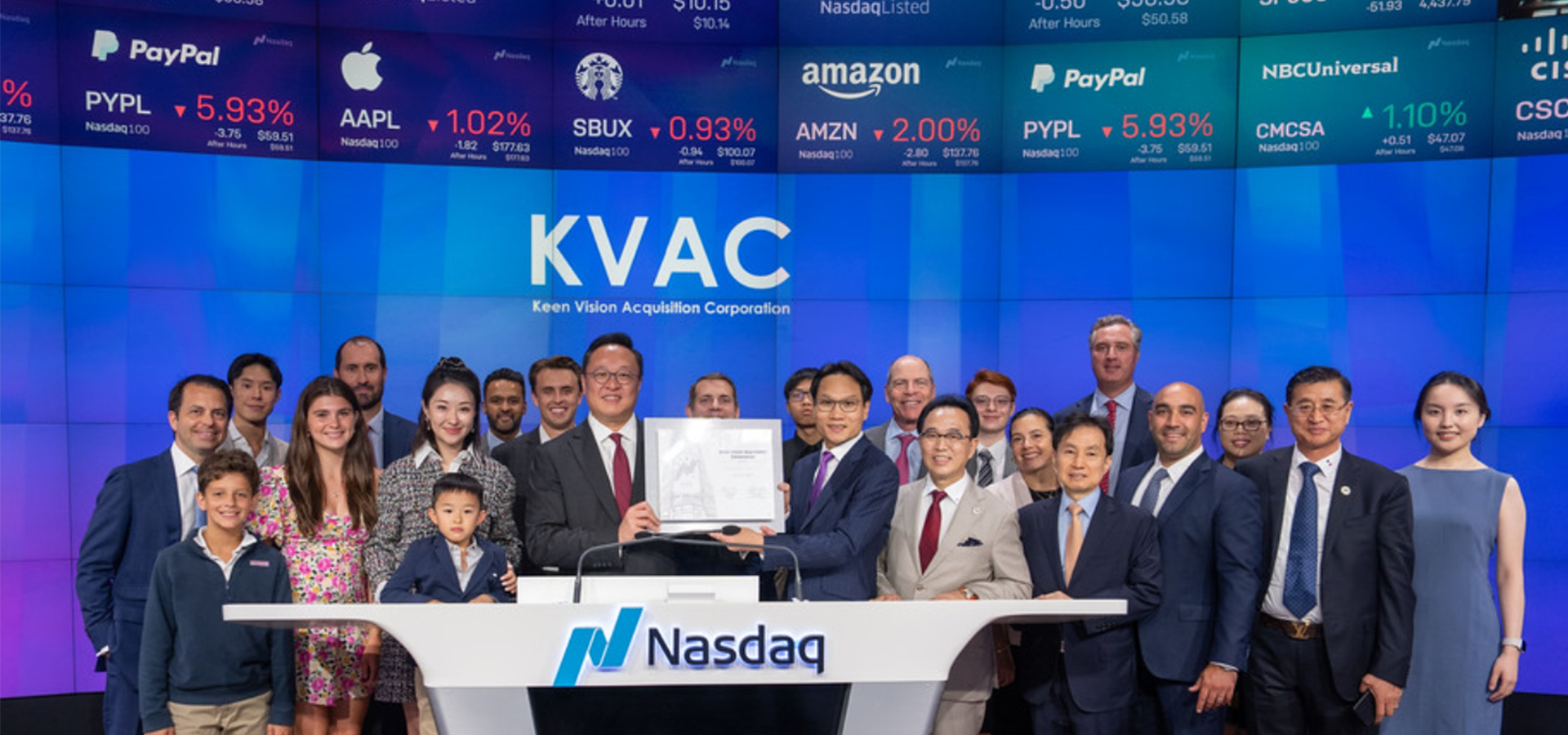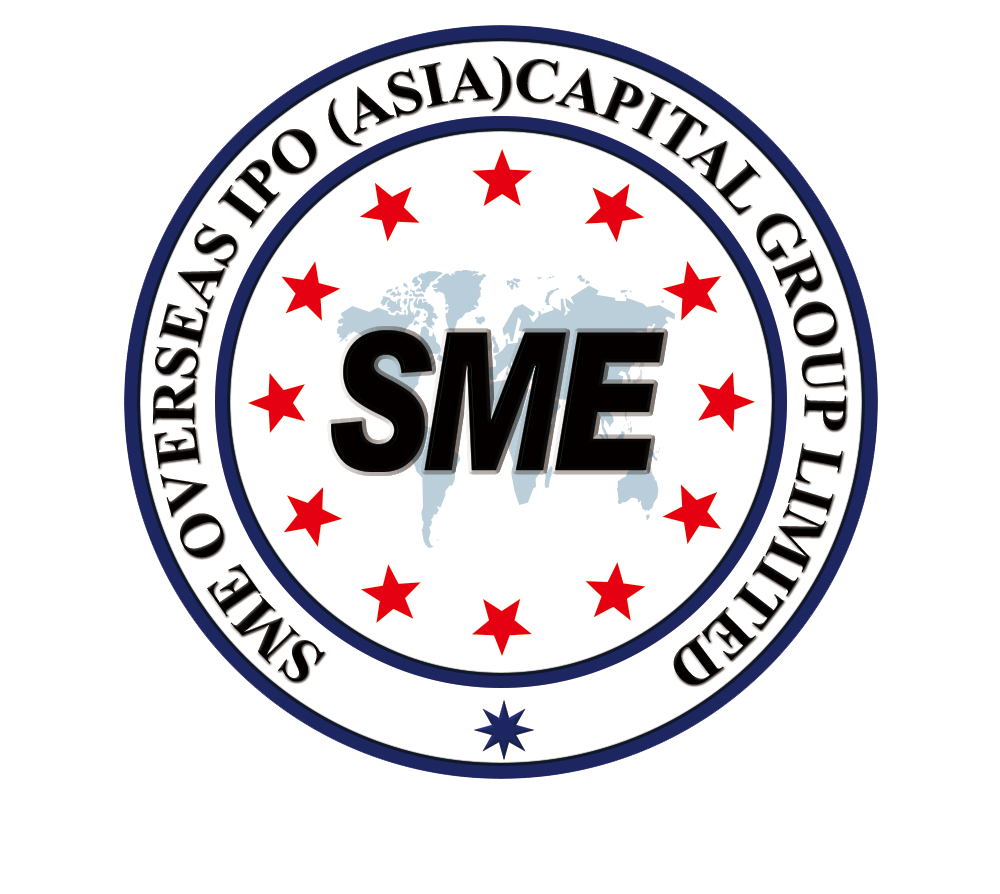For enterprises seeking listing financing and global development, the choice of listing place is directly related to the efficiency of capital operation and long-term strategic layout. Today, from the Chinese and American capital markets, taking the domestic main board and NASDAQ capital market as an example, we will introduce the listing conditions, listing cycle, regulatory requirements, post-listing liquidity and financing ability:
1. Listing conditions: financial requirements, industry restrictions, and shareholder structure
Domestic main board market
Financial requirements: the company should operate at least 3 or above, and be in a profit state every year, and meet the market value, operating income and other rigid requirements.
Industry preference: preference for hard technology, high-end manufacturing and other national strategic industries, the traditional industry audit is more strict.
Shareholder structure: the equity is clear, the actual controller is stable, and there is no foreign capital access restriction industry.
NASDAQ Market
Stratification standard: divided into global selection, global market and capital market three levels, enterprises can choose according to the scale
NASDAQ provides a variety of listing standards for enterprises of different sizes and stages. The financial standards at different levels are relatively flexible. Enterprises can meet the conditions through different dimensions such as profit, income, cash flow, market value and shareholders' equity. Even if the enterprise is not profitable, it can also meet the requirements through other financial or market indicators.
Industry preference: favor technology, biomedicine, emerging consumption and other sectors, and have a high tolerance for high-growth but unprofitable enterprises.
Equity design: the same share allows different rights, and the founder can retain control.
Through comparative analysis, we can find that NASDAQ financial threshold is more flexible, suitable for high-growth and unprofitable technology enterprises, and suitable for stable profit and policy-oriented traditional or strategic industries.
2. Regulatory and compliance requirements: significant differences between China and the United States
Regulatory requirements of domestic listed enterprises: Domestic listed enterprises need to meet a series of regulatory requirements, covering the subject qualification, finance and accounting, industry restrictions and other aspects.
Nasdaq Regulatory Core: SEC compliance and the audit shall be completed by the PCAOB registry. Independent directors and audit committees shall be set up to regularly disclose financial and operating data.
3. Market cycle
China implements the audit system: focus on the substantive conditions and investment value of enterprises, the audit process is more strict and comprehensive, the time is uncertain, but it is helpful to select the enterprises more in line with the market requirements. It takes 2-3 years from share reform to listing.
The United States implements the registration system: more emphasis on information disclosure and the role of the market mechanism. regulators do not judge the value of enterprises, and the audit cycle is relatively short, but the requirements for information disclosure are extremely high. The average listing of NASDAQ is 1-1.5 years, and the listing of SPAC merger is completed in 6 months.
Nasdaq has a short listing cycle, suitable for enterprises that urgently need financing; domestic enterprises suitable for long-term layout and can accept the audit cycle.
4. Post-listing performance: liquidity, lock-up period and refinancing capacity
Domestic main board: retail-led, large volatility. The controlling shareholder, the actual controller and their affiliated parties shall be locked up for 36 months (3 years), counting from the date of listing of the shares. If other shares do not exceed 5%, they are usually locked up for 12 months; at least 12 months after listing, or meet the CSRC approval process.
Nasdaq: High proportion of institutional investors, stable liquidity, especially in large-cap stocks. Lock-up period requirements: usually locked for 180 days, calculated from the date of IPO. There is no mandatory waiting period for secondary financing, and secondary financing, such as additional issuance and convertible bonds, can be started after listing.
Nasdaq refinancing is flexible and suitable for expansion companies with frequent fundraising; domestic refinancing is strictly regulated, but stable valuation.
When choosing a listing place, enterprises need to comprehensively consider their own industry attributes, development stage, capital planning and listing needs. Only by comprehensively evaluating these factors can we choose the most suitable listing place for our own development, so as to ensure that the selected listing place can meet the development needs of the enterprise to the greatest extent, and provide strong support for the long-term development of the enterprise, so as to achieve long-term development in the capital market.
Small and medium-sized enterprises is familiar with the overview and operation mode of the American capital market, which can strongly empower the cooperative enterprises and help them to quickly achieve a smooth overseas listing. I look forward to working with you.






 关注官方微信
关注官方微信